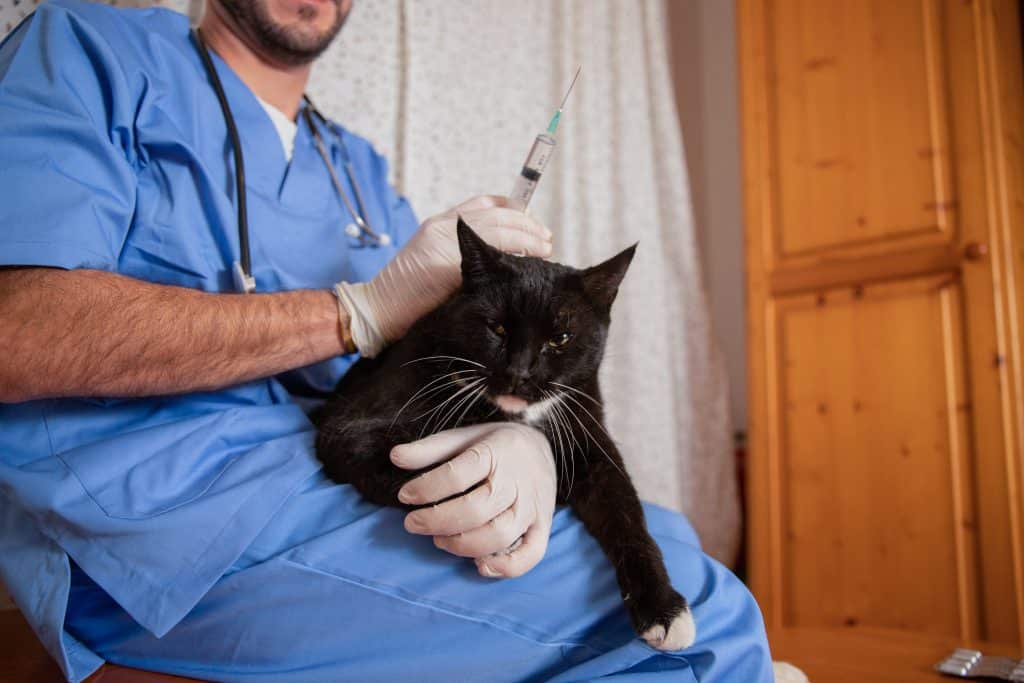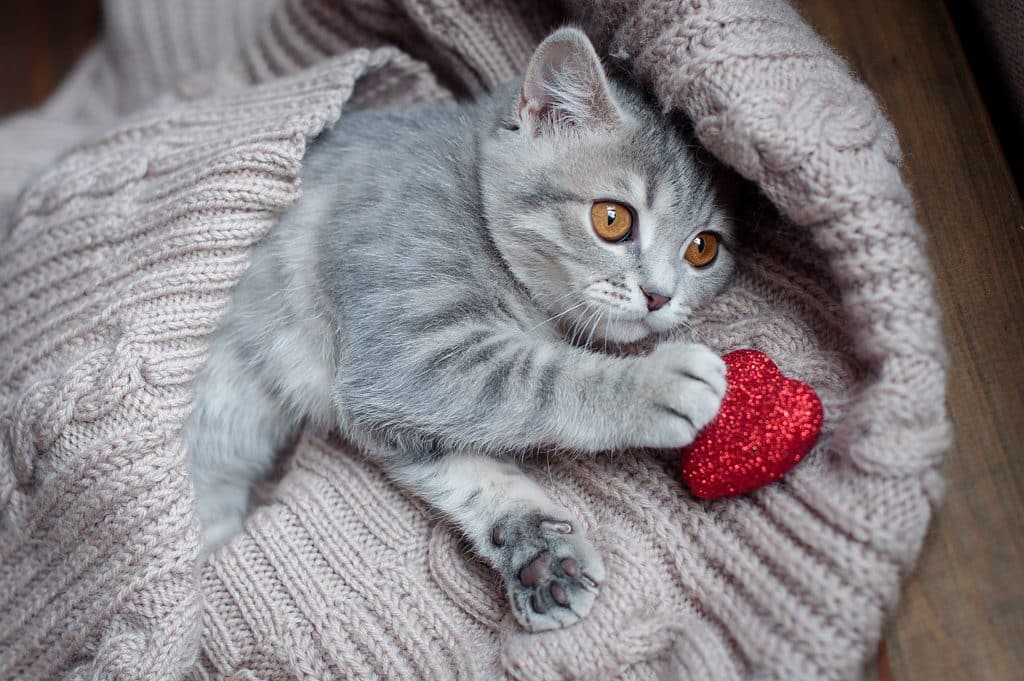Dealing with abscesses in cats can be a challenging and worrisome experience for any pet owner. An abscess is a localized collection of pus that forms as a result of bacterial infection, commonly caused by a bite or scratch from another animal. Early detection and proper treatment of abscesses are essential to ensure your cat’s well-being and prevent any further complications. In this article, you will learn some tips for identifying, treating, and preventing abscesses in cats, as well as when to seek professional help and how to care for your feline friend during the recovery process.
Identifying Abscesses In Cats

Detecting abscesses in cats can sometimes be difficult, as they can vary in size and appearance and may not always be visible externally. Some common signs and symptoms of abscesses in cats include swelling, pain or tenderness, warmth around the affected area, fever, and lethargy. Your cat may also groom the area excessively or have a decreased appetite. It’s essential to regularly check your cat for any wounds, swelling, or signs of discomfort, as early detection can significantly improve the outcome of the treatment.
While abscesses can develop anywhere on your cat’s body, they are most commonly found around the head, neck, and base of the tail. This is because these areas are more prone to receiving bites or scratches during fights with other cats. If you notice any unusual lumps, bumps, or areas of tenderness on your cat, it’s crucial to consult with a veterinarian as soon as possible to determine the appropriate course of action.
The Process of Treating An Abscess

Once your veterinarian has diagnosed the abscess, they will recommend the most appropriate treatment plan for your cat. The first step usually involves draining the abscess to remove the pus and alleviate the pressure. This may be done using a needle and syringe or by making a small incision in the skin. Your cat will most likely be sedated or given anesthesia during this procedure to minimize any pain or discomfort.
Following the drainage of the abscess, your veterinarian may prescribe a course of antibiotics to combat the bacterial infection. It’s essential to administer the medication as directed and complete the entire course, even if your cat appears to be improving before the treatment is finished. In some cases, your veterinarian may also recommend wound care, such as cleaning the area with a saline solution or applying an antiseptic ointment. It’s important to closely follow your veterinarian’s instructions for wound care to promote proper healing and prevent further complications.
Home Remedies For Abscesses

While it’s essential to consult with a veterinarian for proper diagnosis and treatment of abscesses in cats, there are some home remedies that can help alleviate pain and inflammation associated with the condition. Applying a warm compress to the affected area for 10-15 minutes several times a day can help reduce swelling and promote the natural drainage of pus. Make sure to use a clean cloth each time and keep the area as clean as possible to prevent further infection.
It’s important to note that home remedies should not replace professional veterinary care, and you should always consult with a veterinarian before attempting any at-home treatments. Some abscesses may require more aggressive treatment, such as surgical drainage or prescription medication. If your cat’s condition does not improve or worsens despite using home remedies, contact your veterinarian immediately.
When To Seek Professional Help

It cannot be stressed enough that seeking professional help from a veterinarian is essential when it comes to treating abscesses in cats. If you suspect your cat has an abscess, it’s essential to schedule a veterinary appointment as soon as possible to receive a proper diagnosis and treatment plan. Delaying treatment can lead to complications, such as the infection spreading to other parts of the body or the abscess becoming more severe and difficult to treat.
In some cases, your cat may require emergency veterinary care. If your cat exhibits any of the following symptoms, seek immediate professional help: severe pain, difficulty breathing, rapid heartbeat, extreme lethargy, or a high fever. These could be signs of a more serious issue, and prompt intervention is crucial to ensuring your cat’s well-being.
The Recovery Process

The recovery process for a cat with an abscess can vary depending on the severity of the condition and the treatment provided. In general, most cats begin to show signs of improvement within a few days of starting treatment, with complete healing usually occurring within 2-4 weeks. During recovery, monitoring your cat closely for any signs of complications, such as increased pain, swelling, or discharge from the wound, is important.
To support your cat during the recovery process, ensure they have a comfortable and quiet place to rest, away from other pets or sources of stress. Providing proper nutrition is also essential for healing; consider offering your cat a high-quality, easily digestible diet, and ensure they have access to fresh water at all times. Follow any additional instructions your veterinarian provides, such as administering medications or performing wound care, to promote a smooth recovery.
Preventing Abscesses In Cats

Prevention is always better than cure, and this is especially true when it comes to abscesses in cats. One of the most effective ways to prevent abscesses is by keeping your cat’s vaccinations up to date, particularly the feline leukemia virus (FeLV) and feline immunodeficiency virus (FIV) vaccines. These vaccinations can help protect your cat from infections that may lead to the development of abscesses. Additionally, ensuring your cat is groomed regularly and keeping their nails trimmed can help minimize the risk of injury from scratching.
Another important aspect of prevention is creating a safe and clean environment for your cat.
This includes providing them with a clean and hygienic living space, as well as minimizing their exposure to other animals that may be carriers of infection. If your cat is allowed outdoors, consider keeping them indoors during times when other cats are most active, such as early morning and late evening. Alternatively, you could provide your cat with a secure outdoor enclosure that prevents contact with other animals while still allowing them to enjoy the outdoors.
Long-Term Care for Cats with Abscesses

To further prevent the recurrence of abscesses in cats, it’s vital to implement the preventive measures discussed earlier, such as keeping vaccinations up to date and maintaining a clean environment. Additionally, regular veterinary check-ups can help identify any potential issues early on and ensure your cat’s overall health is well-maintained.
Ongoing communication with your veterinarian is crucial, as they can provide you with personalized advice and recommendations for your cat’s specific needs. By following their guidance and being proactive in managing your cat’s health, you can help reduce the risk of abscesses and other health complications in the future.
Stay Informed About How To Treat Abscesses In Cats!
Early intervention and proper management are key to ensuring a positive outcome when treating abscesses in cats. By familiarizing yourself with the signs and symptoms of abscesses, following preventive measures, and seeking professional help when necessary, you can play a vital role in protecting your cat’s health and well-being. Remember to always consult with your veterinarian regarding any concerns about your cat’s health, and follow their guidance to provide the best possible care for your feline companion.